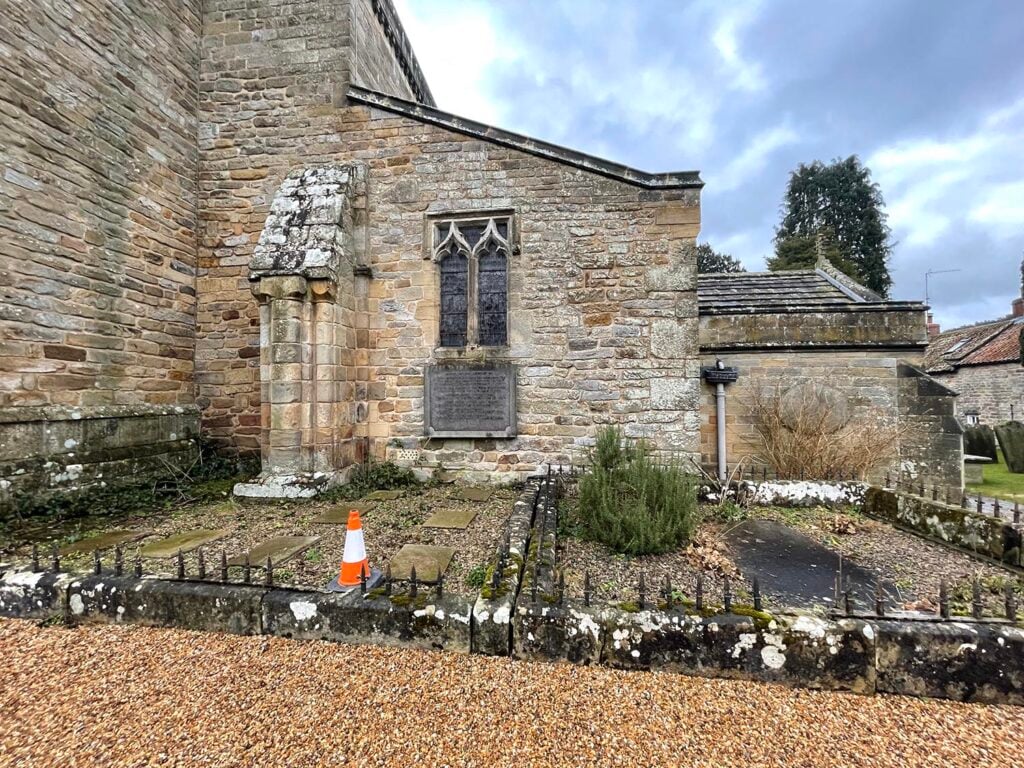Set among the undulating hills and fringing the southern edge of the North York Moors, few sites still in existence have such prominence they were mentioned by one of the nation’s most famous historians but the church at Lastingham is one. The Venerable Bede in his 8th-century Ecclesiastical History of the English People (Historia Ecclesiastica Gentis Anglorum) refers to the initial founding of Lastingeau ‘where once dragons lay’, on land procured from King Ethelwald to build a monastery.

Today, what is now known as St Mary’s church was constructed on the site of the Anglo-Saxon timber monastery founded in c.654 by Saint Cedd, a missionary from Lindisfarne (or Holy Island) on the northeast coast.
The era was a particularly interesting one for the Christian church. In 664 the Synod of Whitby occurred following a disparity over the date of Easter and led to the Ionian Church (also known as the Celtic) being forced to cede to the Roman model. Cedd died of the plague shortly after the Synod and was buried at Lastingham. The first timber structure was then rebuilt in stone c.726 and Cedd’s remains were reburied beside the altar.
Yet, it is the later, Norman, elements of the church for which it is now famed, notably the crypt beneath the existing building. This was constructed following 1078, when William the Conqueror gave permission for the refounding of a Benedictine abbey at Lastingham, to be run by monks from Whitby and under the control of Stephen of Whitby (abbot of St Mary’s, York). A crypt comprising a unique double aisled apsidal arrangement was built where Cedd’s body had originally been laid to rest.
For unknown reasons the monastic community lasted only around a decade before leaving, either owing to the remoteness of the site or perhaps down to the Conqueror’s ferocious ‘Harrying of the North’. Regardless, for centuries the unfinished church decayed into ruin. It wasn’t until 1228 that the former monastic site was transformed into the parish church for the village. At this time, a north aisle was added, followed by a south aisle in the 14th century, and a west tower in the 15th century. However, once again, it was left to deteriorate following the Reformation; that was until Thomas Ferres, a native of Lastingham who later rose to become Mayor of Hull, came along in the 17th century to rebuild this magnificent cradle of English Christianity.